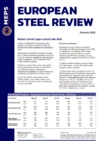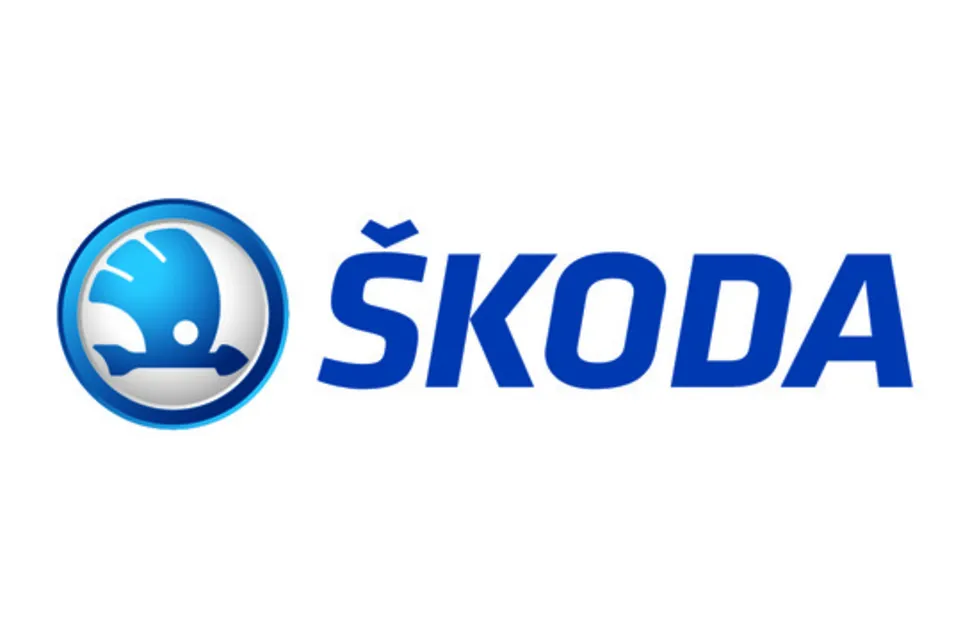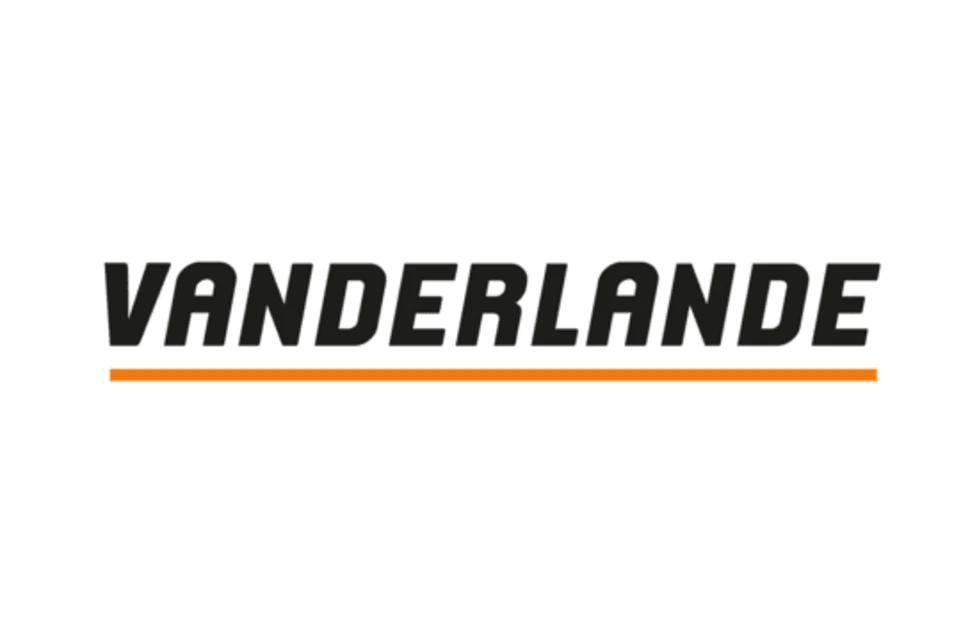Steel traders’ CBAM preparations should start now
Steel traders should be preparing for the transition to the EU’s Carbon Border Adjustment Mechanism (CBAM) with just three months to go until the reporting of embedded CO2 emissions on imported goods gets underway.
The three months from October 1 to December 31 mark the first trading period that will be subject to emissions reporting under the new regulations, and the European Commission is now finalising its plans for CBAM’s implementation.
An initial, transitional CBAM period extends to the end of 2025 and only covers the collection and reporting of importers’ carbon data. The payment of tariffs and potential fines does not apply until CBAM’s formal replacement of the existing EU Emissions Trading System (EU ETS) gets underway in 2026.
Right now, steel sector participants have been invited to share feedback on the proposed CBAM implementation process via a consultation. Opened on June 13, this will end on July 11.
Publication of the Commission’s draft Implementing Regulation document, which accompanied the consultation’s launch, has also provided an opportunity to gain an initial oversight of the proposed CBAM reporting process.
The document details the process of reporting, the proposed methodology used to calculate an imported product’s embedded CO2 emissions and the potential fines levied for non-compliance.
An outline of information to be submitted in CBAM reports can also be found in the publication’s accompanying annexes.
Proposed CBAM processes
The Commission’s documentation indicated that a CBAM Transitional Registry platform will be used for the filing and management of CBAM reports. This should be compatible with existing customs systems, it said.
It said there would be choice of three reporting methods during the first year of the transition to CBAM. They are: (a) full reporting according to a new EU methodology detailed in the document; (b) reporting based on equivalent third country national systems; and (c) reporting based on reference values. As of January 1, 2025, only the EU method will be accepted, however.
Three categories of reporting declarants can submit CBAM reports. They are:
- An importer who lodges a customs declaration. This refers to the importer who submits a customs declaration for the release of goods in its own name and on its own behalf.
- An importer who declares the importation of goods. This category includes importers who hold an authorisation to lodge a customs declaration and declare the importation of goods.
- An indirect customs representative. When the importer is established outside the European Union or when the indirect customs representative agrees to fulfil the reporting obligations, the indirect customs representative may lodge a customs declaration and carry out the reporting obligations.
Reporting declarants will be required to submit a CBAM report within one month after the end of each quarter during the transitional period, with the first due by January 31, 2024.
The Commission’s draft Implementing Regulation document revealed that submitted CBAM reports can be modified or corrected within two months of a reporting quarter, under certain circumstances, however.
An initial derogation period will allow the first two CBAM reports to be modified until the submission deadline for the third report on July 31, 2024.
Additionally, if a CBAM report is incorrect or incomplete, the reporting declarant can request permission to make modifications or corrections within one month of the request’s approval by the competent authority or the Commission.
Potential penalties
Although the formal process of CBAM reporting has yet to be determined, an indication was given of potential fines for non-compliance.
The Commission said penalties should be based on the amount of undeclared embedded emissions. It said: “The amount of the penalty, for each tonne of unreported embedded emissions shall be between EUR 10 and EUR 50.”
In the initial transitional period, when the CBAM’s scope is limited to the reporting of data with no financial obligation, the amount of penalty should be based on “the gravity and duration of the failure to report”, it added.
Earlier this month MEPS reported on suggestions that financial support and energy sector reform must accompany CBAM for Europe’s steel mills to meet their emissions-cutting targets.
MEPS has now published a Q&A document detailing the background to CBAM and answering many of the steel sector’s most frequently asked questions on the subject.

Source:
European Steel Review
The MEPS European Steel Review is an informative, concise and easy-to-use monthly publication, offering unique professional insight into European carbon steel prices.
Go to productRequest a free publication





